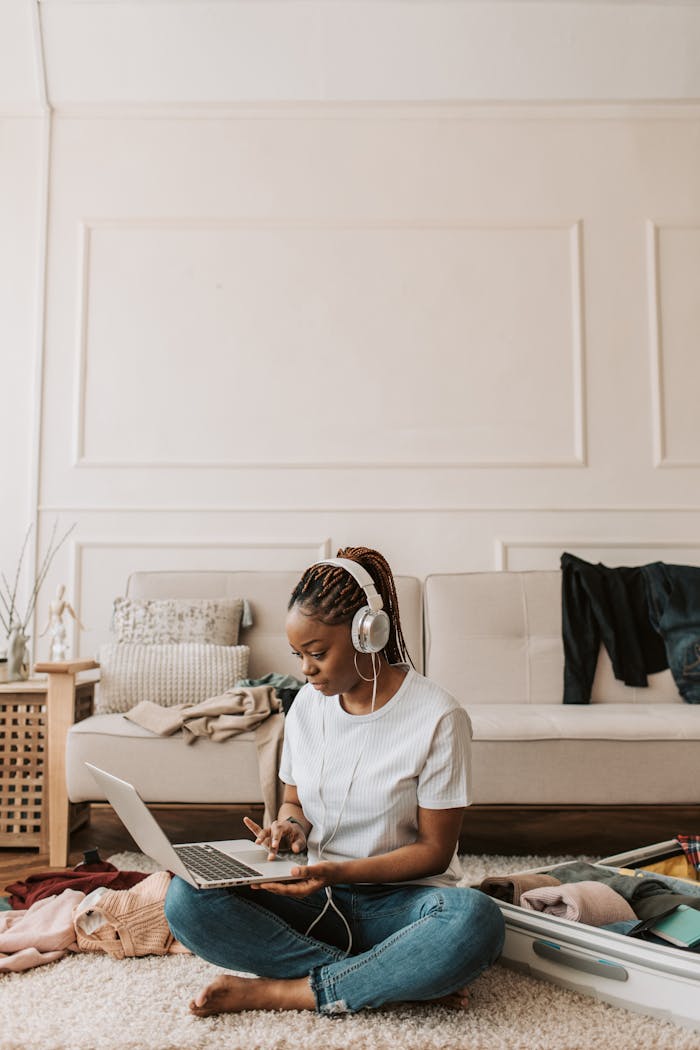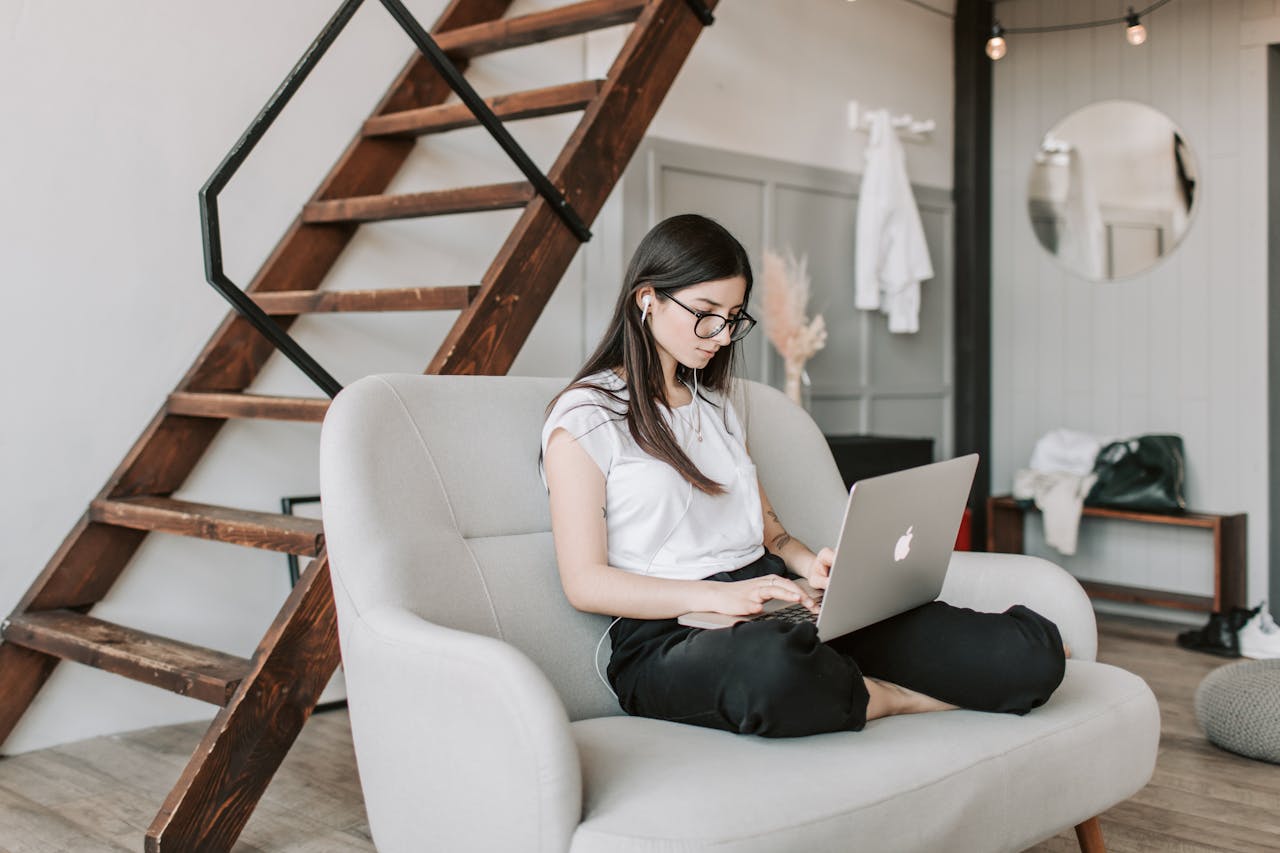Creating a home studio opens up a world of creative freedom—record anytime, experiment with sound, and bring your musical ideas to life without leaving your space. Follow these key steps to set up a functional, inspiring, and budget‑friendly studio.
1. Define Your Purpose & Budget
- Primary Goals: Are you focusing on recording vocals, live instruments, electronic production, or a mix? Clarifying this determines your equipment needs.
- Space Constraints: Measure the room dimensions and note acoustic challenges (hard floors, bare walls, windows) to plan treatment and layout.
- Budget Tiers:
- Entry‑Level (Under $1,000): Basic audio interface, bookshelf monitors, dynamic mic, and free DAW.
- Mid‑Range ($1,000–$3,000): Upgraded condenser mics, studio‑grade headphones, acoustic panels, and paid DAW/plugins.
- Pro‑Level ($3,000+): High‑end preamps, multiple mic options, monitor controllers, advanced outboard gear, and premium plugins.
2. Choose the Right Audio Interface
- I/O Count: Match your interface’s inputs/outputs to your typical recording setup (e.g., two mic inputs for vocals and guitar).
- Preamps & Conversion Quality: Look for interfaces with clean, low‑noise preamps and at least 24‑bit/48 kHz audio conversion.
- Connectivity: USB‑C is common and reliable; Thunderbolt offers lower latency if your computer supports it.
3. Invest in Monitors & Headphones
- Studio Monitors:
- Near‑Field Design: Minimizes room reflections by directing sound toward your ears.
- Size & Placement: Position monitors at ear level, forming an equilateral triangle with your listening position, and keep them at least a foot from walls.
- Studio Headphones:
- Closed‑Back for Tracking: Isolates sound during recording to prevent bleed into microphones.
- Open‑Back for Mixing: Provides a more natural soundstage for critical listening.
4. Select Essential Microphones
- Dynamic Microphones: Rugged and forgiving, ideal for loud sources like drums or guitar amps (e.g., Shure SM57/SM58).
- Condenser Microphones: Sensitive and detailed, perfect for vocals, acoustic guitars, and overheads—pair with a quality pop filter.
- USB Mics (Optional): Combine mic and interface functions for ultra‑simple setup, though with less flexibility for upgrades.
5. Treat Your Room Acoustically
- Absorption Panels: Place foam or fiberglass panels at first‑reflection points on walls and ceiling to reduce harsh echoes.
- Bass Traps: Install in corners where low frequencies build up, controlling muddiness in your mixes.
- Diffusion Elements: Scatter sound reflections to maintain a lively, natural ambiance without flutter echoes.
6. Organize Cables & Furniture
- Cable Management: Use zip‑ties, Velcro wraps, and under‑desk trays to keep cables tidy, reducing trip hazards and electrical interference.
- Ergonomic Furniture: Choose an adjustable chair and keyboard stand that support good posture. Position your computer screen slightly below eye level to avoid neck strain.
7. Select Your Digital Audio Workstation (DAW)
- Feature Set: Compare workflow, plugin compatibility, and bundled instrument libraries. Popular options include Ableton Live, Logic Pro, Pro Tools, and FL Studio.
- Learning Resources: Ensure there are tutorials, user forums, and official support to help you master the software.
8. Build Your Plugin & Sample Library
- Essential Plugins: EQ, compressor, reverb, delay, and limiter—start with stock plugins or free third‑party options.
- Instrument Plugins: Virtual pianos, synths, drum machines, and orchestral libraries add versatility to your productions.
- Sample Packs: Curate high‑quality loops and one‑shots in your favorite genres to spark creativity.
9. Establish a Backup Strategy
- Local Backups: Use external hard drives or SSDs to duplicate your project files after each session.
- Cloud Storage: Services like Google Drive, Dropbox, or dedicated backup solutions provide off‑site protection against data loss.
10. Develop Good Workflow Habits
- Template Projects: Create session templates with your preferred tracks, routing, and plugin chains to save setup time.
- Version Control: Save incremental project versions (e.g.,
SongName_v1,SongName_v2) to track changes and revert if needed. - Labeling & Organization: Name tracks, color‑code regions, and keep sample libraries well‑organized for seamless navigation.
By thoughtfully planning each aspect—from goal setting and gear selection to room treatment and workflow—you’ll build a home studio that inspires creativity and delivers professional‑quality results. Start small, iterate over time, and enjoy the process of crafting your personal music production haven.


